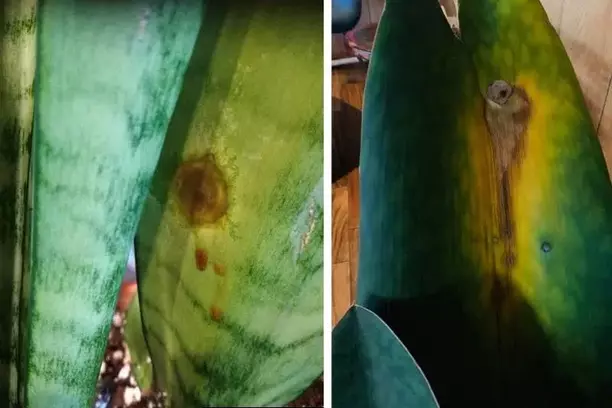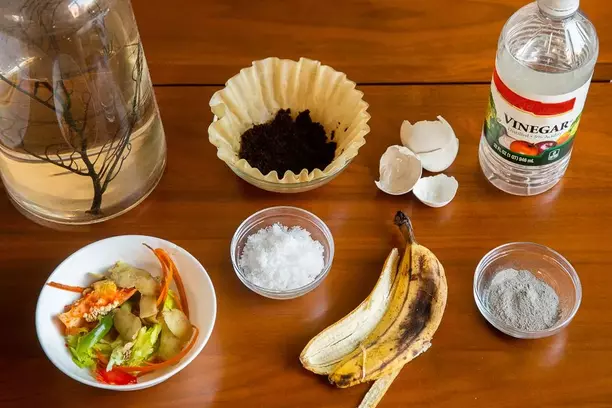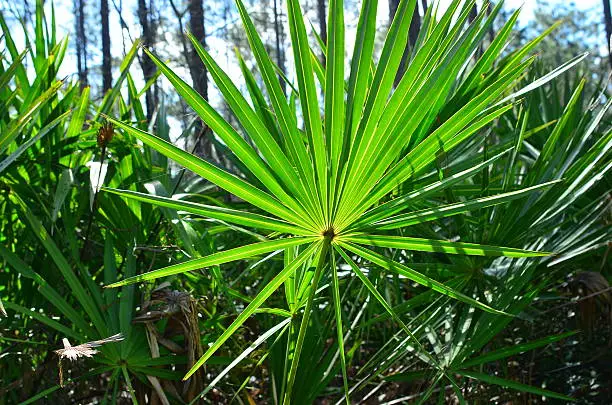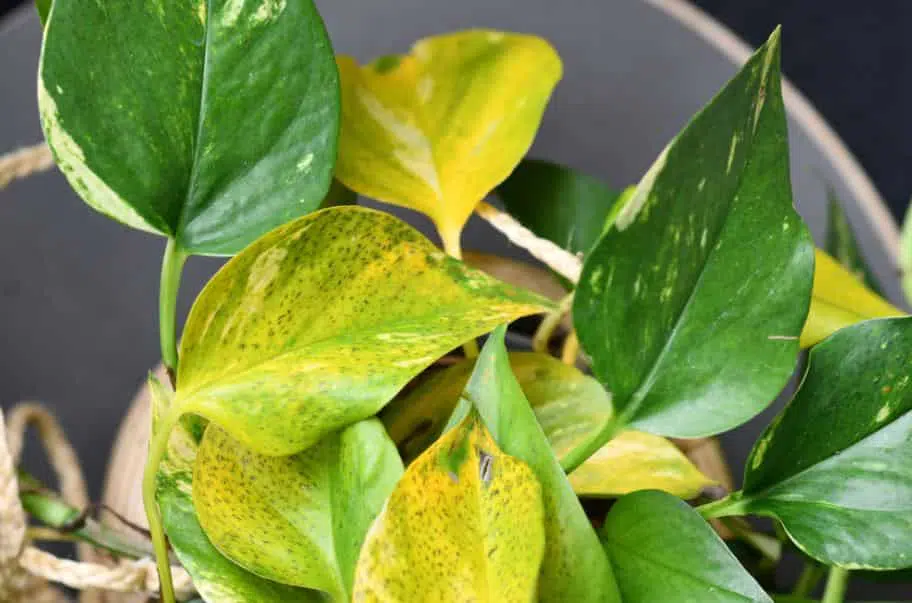One of the pleasures of having a nice plot of land is the ability to grow fruit trees. With the prices of comestibles rising and food chains being disrupted, they are an especially wise investment nowadays. Here are five fruit trees that can grow almost anywhere:
Apple trees
Apples have been grown since antiquity, and there are now thousands of apple cultivars. Some thrive in hardiness zones 4 to 8, and others are hardy even into zone 1. Most have a chilling requirement of between 900 to 1000 hours of temperatures beneath 45 degrees Fahrenheit.
Apple trees do best in a southeast exposure in soil that is part clay and part loam with a pH that’s a bit acidic to neutral. Young apple trees do best with low nitrogen fertilizer. Additionally, all trees benefit from compost worked into the soil around late autumn. Watering is medium.
Apple trees are sold as dwarf, semidwarf, and standard. The dwarf and semidwarf trees start to bear when they’re two to three years old, while the standard will start to bear fruit when it’s four to eight years old.
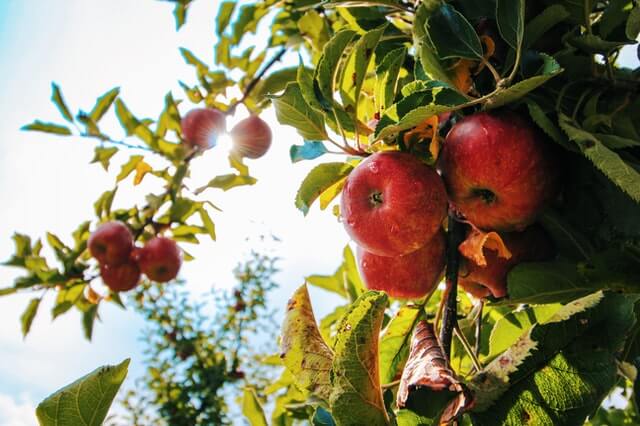
Most apple trees need cross-pollination, so the gardener will need to buy at least two trees that can readily cross-pollinate.
Pick summer apples just before they’re completely ripe. To let them linger on the tree makes them mealy. Fall fruit should only be picked when completely ripe.
RELATED: GARDENING IDEAS FOR FALL
Apricot
Some people believe that apricot trees can only be grown in cool climates, but some do well in zones 8 and 9. At least one cultivar thrives in zones 3 to 8. Apricot trees thrive, and a new tree can grow 13 to 30 inches a year. Even a tree that has started to bear fruits can grow 10 to 18 inches, so it needs to be pruned relatively regularly.
Apricots prefer soil that’s acidic but not overly rich. In northern climates, they should be planted on the north side of a building. This makes sure that the plant gets plenty of sunlight but protects it from late frost.
Because the tree grows so aggressively, it doesn’t need much fertilizing. However, some rotted manure can be applied in the earliest spring. The apricot tree needs only medium watering, and like the apple tree, it comes in dwarf, semidwarf, and standard varieties.
The apricot starts having fruits when it’s between three and nine years old. It needs only 350 to 500 hours of cold nights to blossom. Unlike apples, most apricots are self-pollinating though there’s a better yield when more than one apricot tree is in the orchard. The apricot also differs from the apple tree in that some trees bear fruit only on alternate years.
Sweet cherry
A sweet cherry tree can start to bear fruit between two and seven years old and can bear fruits for as long as 50 years. To be its best, a sweet cherry tree needs full sunlight and well-draining, acidic soil. It should be given low nitrogen fertilizer until it’s about two years old.
Nearly all sweet cherries need to be cross-pollinated. The gardener has to be careful which trees are planted together since their bloom times may differ.
The sweet cherry also comes in dwarf, semidwarf, and standard sizes and grows about as tall as an apple tree. Cherries should be picked when they’re fully ripe and should be picked with their stems. There are cherry cultivars that do well from zones 4 to 9.
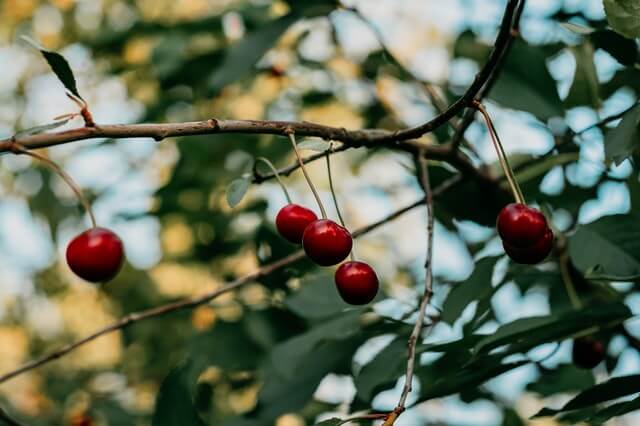
Pear
Of all the fruit trees mentioned here, pears are probably the easiest to grow because they don’t need quite as much care as apples or cherries. They prefer fertile, well-mulched soil, and though they can both resist frost damage and thrive in zones 8 and 9, they do best in a cool, humid, and generally cloudy climate. They are also very long-lived. They can live 200 to 300 years and bear fruit for as long as a century.
Pear trees do best in acid soil and in a southern exposure. The gardener should avoid a fertilizer with lots of nitrogen but add boron to the soil now and then. Pears need lots of water and have deep roots. The dwarf varieties can be trained into cordons, espaliers, fans, or pyramids.
Plum tree
These trees tend to be smaller than pear or apple trees, and they require much the same conditions as pear trees. The most popular types are European or Japanese plums. European plums bear fruits after four to five years, and Japanese plums when they’re two to three. European plums also need more hours in the cold than Japanese plums and are self-pollinating. Japanese plums require cross-pollination.
One thing to know about plum trees is they should never be planted where raspberries, strawberries, or any type of nightshade plant has grown in the previous three years.
The plum tree needs little nitrogen for its first three years, then it may need some potassium and a side dressing of compost or rotted manure in the spring. Watering is medium but needs to be consistent, and the tree shouldn’t be watered in autumn. Plum trees should never be pruned in the winter and should only be pruned after the tree starts to bear fruits. Sometimes limbs that are heavy with fruit need support.
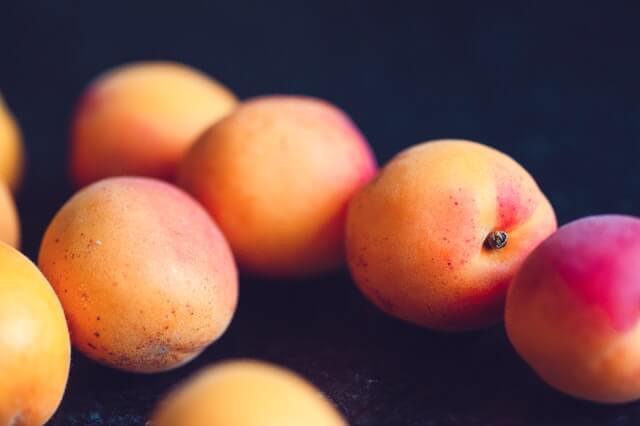
Final thoughts
These five trees can be grown nearly anywhere in the country. They not only produce fruit, but their spring flowers bring beauty to an orchard. Though it may take a few years for them to produce fruit, once they begin, these trees can bear fruits for decades.
